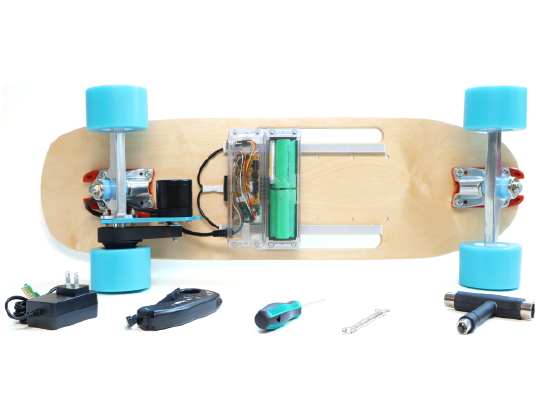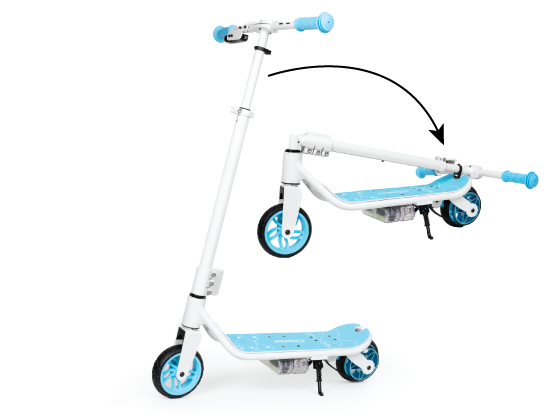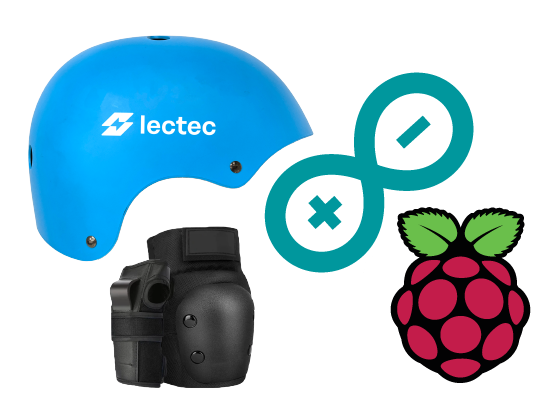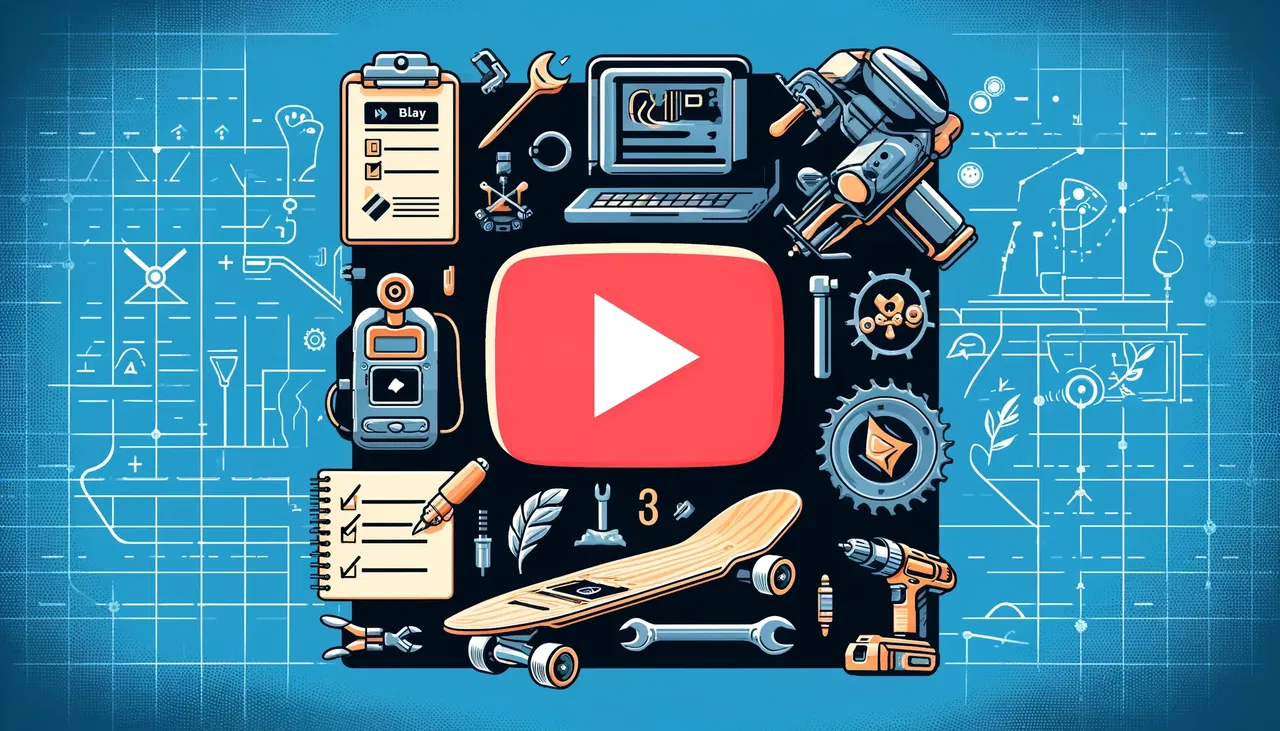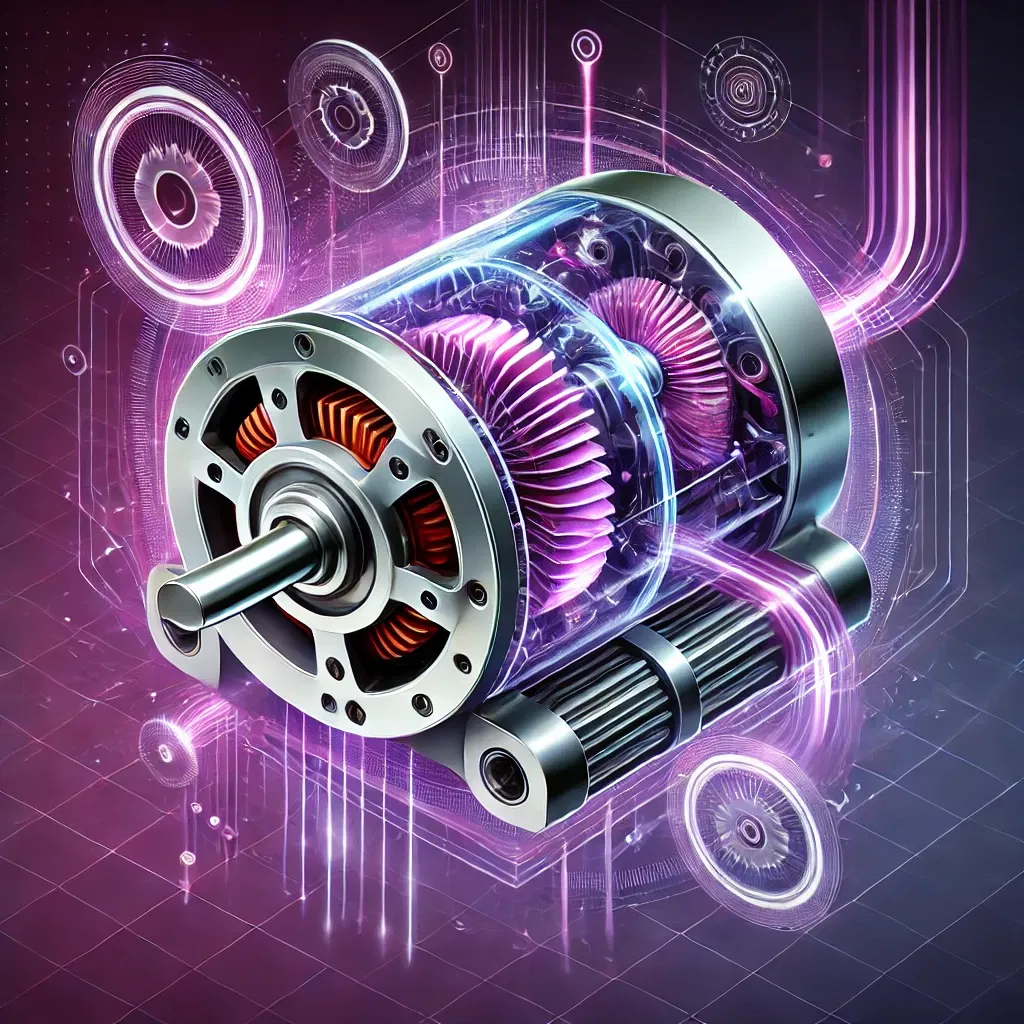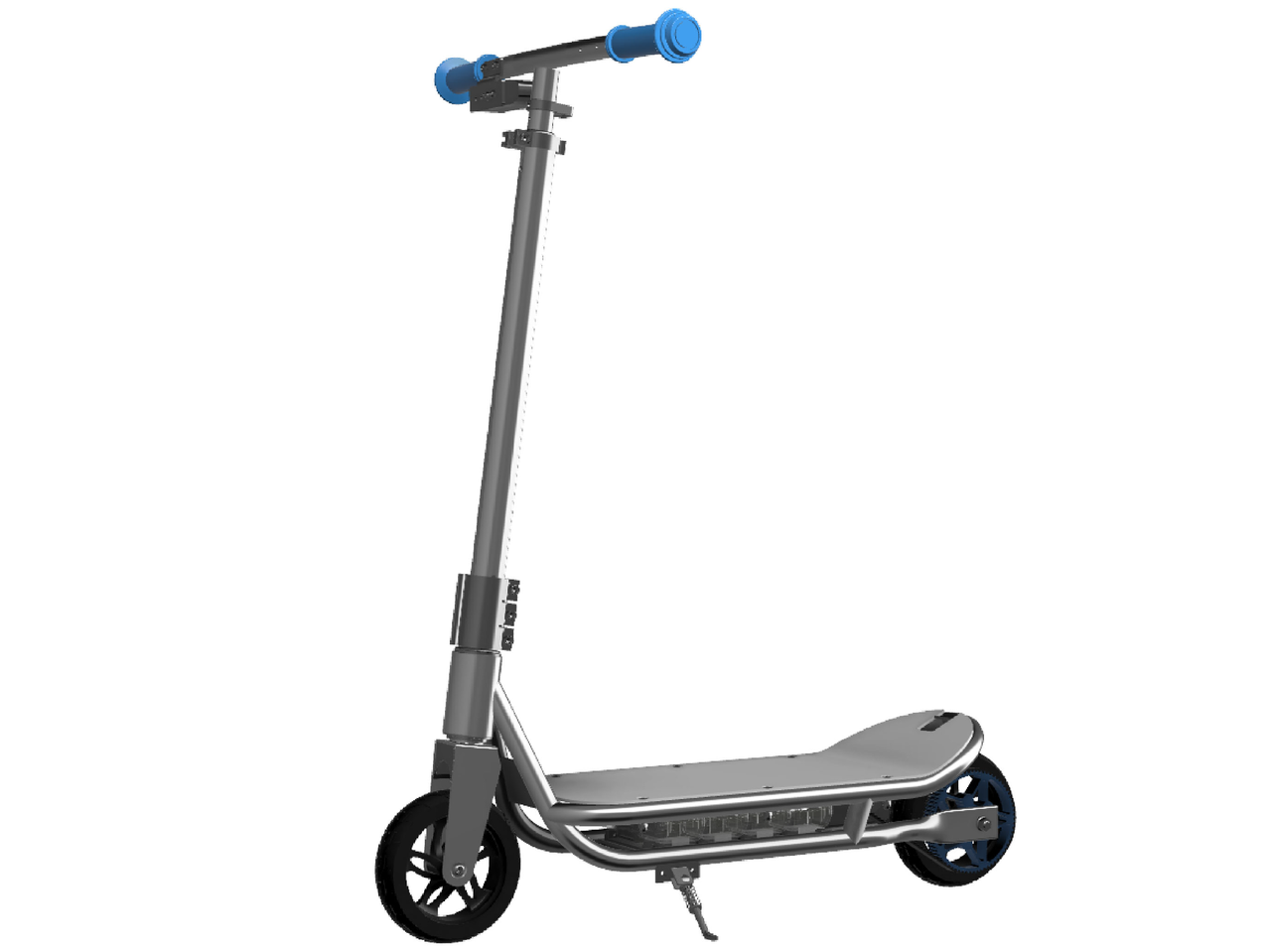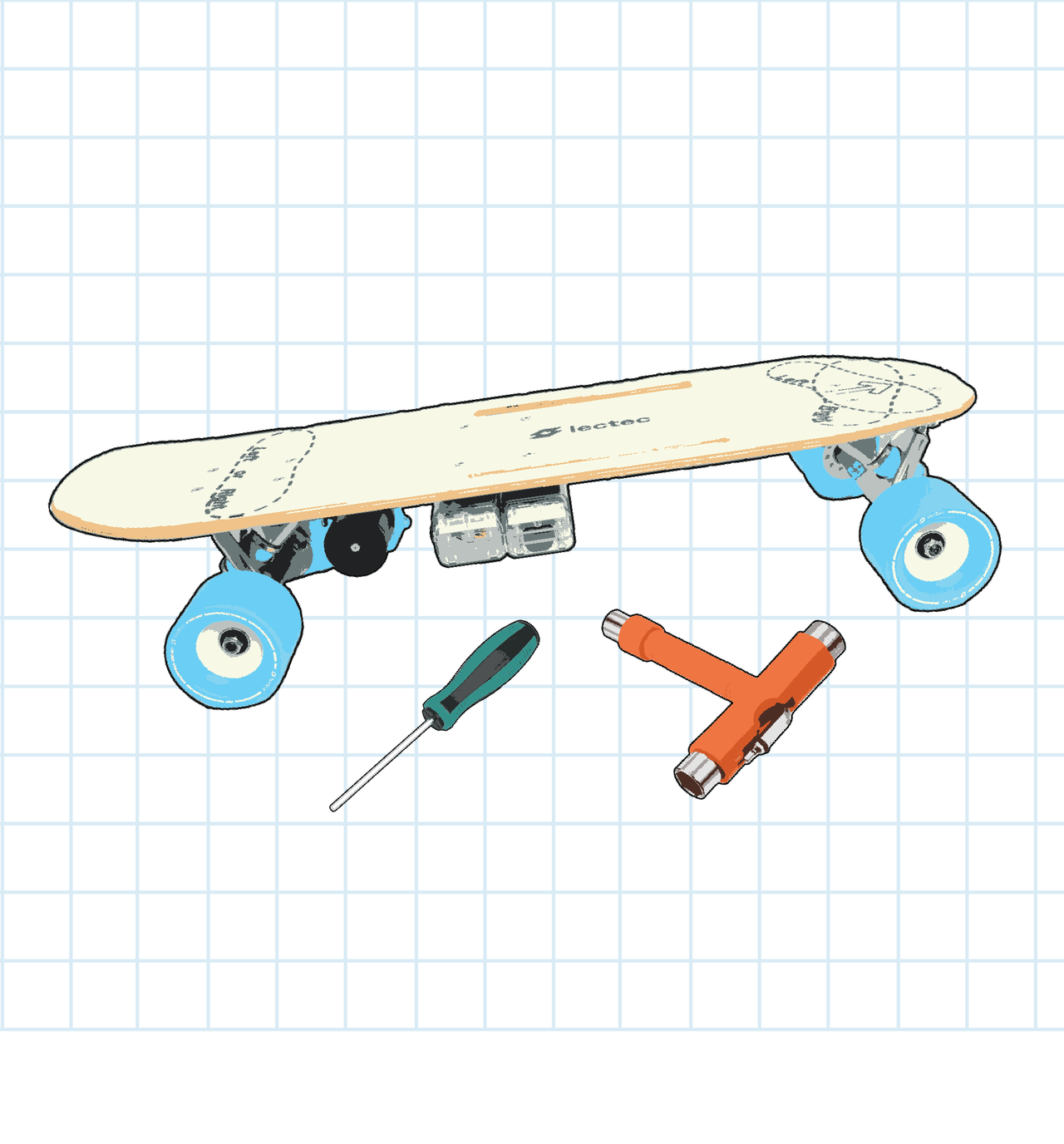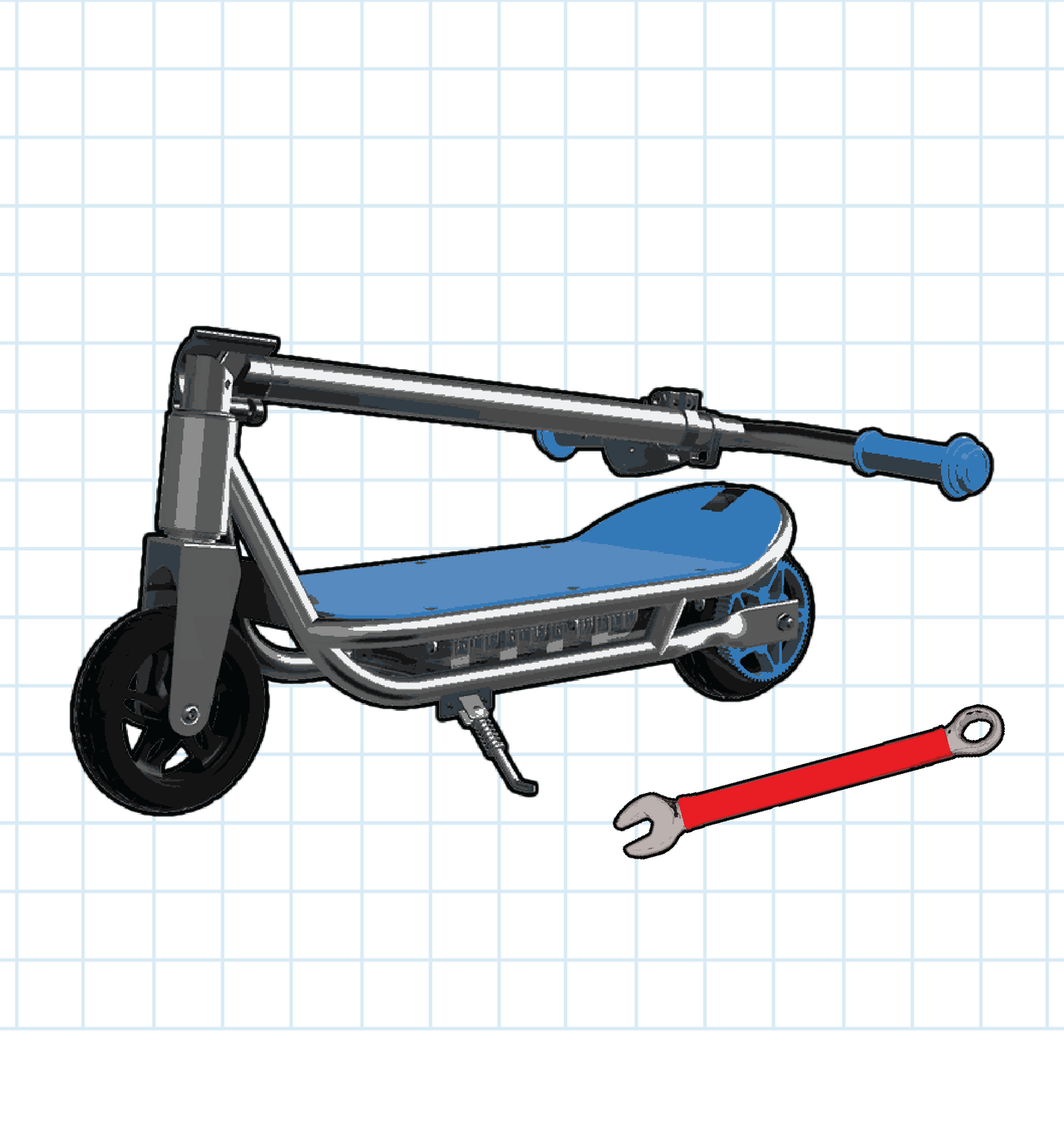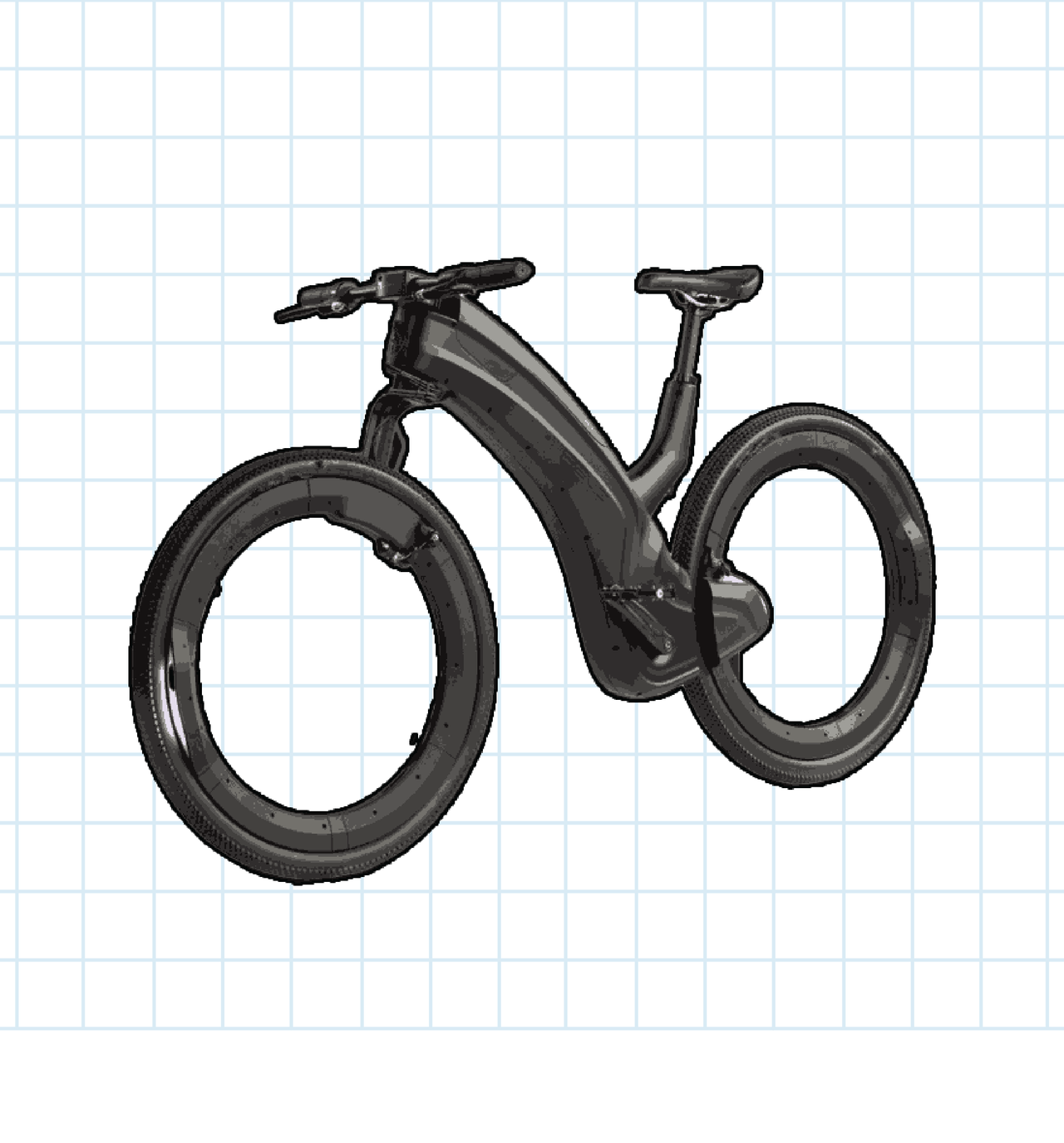• Engineering
How Lectec Teaches Engineering
How can Lectec teach students engineering? From building their own electric vehicles to exploring the systems and logic that power them, find out how students can learn important engineering principles every step of the way.
View Homepage

Written by
Edison Chen
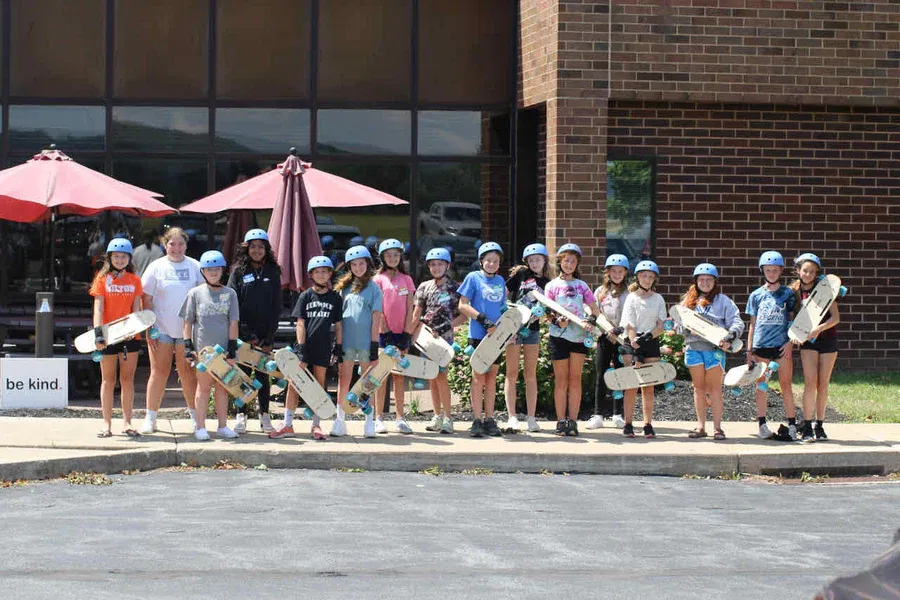
Overview
Engineering is best learned through active creation and that’s exactly what Lectec enables. With every screw tightened, circuit connected, and line of code uploaded, Lectec transforms abstract concepts into tangible skills. This isn’t just a project kit; it’s a full-spectrum learning experience that brings mechanical and electrical engineering to life.
For students, Lectec isn’t about memorizing terms or watching someone else build, it’s about doing the work themselves. It’s about feeling the torque in the wheels, seeing the voltage on the dashboard, and debugging real-world systems in real time. Whether they're assembling their first electric ride or experimenting with advanced features like AI or custom programming, they’re gaining the skills and mindset that define a true engineer.
This article explores how Lectec’s hands-on platform actively teaches the core principles of engineering through building, coding, problem-solving, and critical thinking. Let’s dive into the experience.
Learning by Building: The Core of Lectec
The core Lectec experience begins with a box full of possibilities and ends with a fully functioning electric vehicle that students assemble with their own hands. But it’s what happens during the build that unlocks the deepest learning.
From the very first step, students are immersed in mechanical design and hands-on engineering practice. As they mount the hanger, assemble the front and rear trucks, and install the wheels, they gain a firsthand understanding of how structural components support dynamic motion. Each element, from axle alignment to weight distribution, teaches essential concepts in force, stability, and kinetic control.
As they move into drivetrain assembly, students are introduced to torque transfer and mechanical power. Installing the motor pulley, mounting the drivetrain, and tensioning the belt allows them to explore how energy flows through gears and belts. Adjustments to belt tension or pulley size teaches students about mechanical advantage, friction, and performance tuning.
As the build progresses, the focus shifts toward electrical engineering and circuit integration. With the rail placed on the deck, students install the ESC module (electronic speed controller), then the battery module, and finally connect the motor and LEDs wires. Here, they begin reading circuit diagrams, ensuring proper connections, and thinking critically about voltage, current, and wattage - all of which is graphed in real time (discussed further in next section).
The final steps bring systemwide thinking into play. Pairing the remote, testing the controls, and reviewing a safety walkthrough transforms the project from a mechanical system into a complete, intelligent vehicle. At this point, students understand not just how each part works, but how all parts work together, which is a hallmark of true engineering understanding.
Each screw, bearing, nut, bolt, screw, and bushing is more than a means to an end. It is a moment to learn, reflect, and grow. The build is deliberate, educational, and empowering. And when students finally take their ride for a spin, they’re not just enjoying the outcome, they are riding on a foundation of real engineering skills.
Smart Systems, Live Analytics: Lectec’s Technical Backbone
Underneath the deck of every Lectec kit lies a custom smart controller built on the VESC® platform. This controller opens a window into the vehicle’s performance, displaying live stats like speed, battery voltage, motor efficiency, and more. It’s like having an engineering lab in your pocket.
Students can adjust settings to optimize energy use, experiment with throttle response, and even test regenerative braking. They become fluent in data interpretation and system-level thinking, skills vital to careers in electronics, robotics, and automotive design.
What ties it all together is Lectec’s RailCore CAN network. This system mirrors what’s found in modern vehicles: every module on the Rail system, from the battery and controller to any expansion module like Arduino or Raspberry Pi, can communicate across a shared network. It’s fast, synchronized, and scalable. And most importantly, it teaches students how to build smart, interconnected systems.
Enhancing Engineering Learning Through Modular Add-Ons
Beyond the foundational concepts taught through building the core kit, students can take their engineering education even further with Lectec’s add-on modules. Whether it’s through the Arduino, Raspberry Pi, or Power+ packs, each module unlocks new layers of hands-on learning and technical exploration.
The Power+ Upgrade Pack
The Power+ Upgrade Pack shifts the focus from just building a functional system to engineering one for high performance. It takes students beyond basic assembly and into the world of performance engineering. It introduces real-world concepts like power output, torque, and efficiency, giving students a chance to tune their vehicle for speed and strength. For example, which the new motor pulley (30T) compared to the stock motor pulley (17T), users can observe the impact of the different gear ratios in the Lectec pulley system.
Included in the pack:
1x Extra Battery (2x Total)
1x 5065 Motor (+20% Power)
1x Speed Pulley (30T | 14mph)
As students install and test these components, they begin to explore trade-offs in speed, energy usage, and power output. It’s an active lesson in systems optimization, where they analyze performance data, adjust for efficiency, and think critically about how engineers design for both power and endurance.
The Arduino Add-On Pack
Lectec doesn’t just stop with wrenches and wheels. The Arduino Add-On Pack introduces students to embedded systems, teaching them how to make their vehicle respond intelligently to real-world inputs. By connecting the module to the vehicle’s main controller, students experiment with sensors, conditional logic, and custom outputs, like triggering lights or relays based on speed or movement. It’s a hands-on way to learn how engineers design reactive systems, blending coding with electrical logic in a real-world context.
Included in the pack:
1x ESP32 Dev Kit (Arduino)
1x RailCore Case
1x Small Breadboard
Assorted Breadboard Components
Arduino Examples & Tutorials
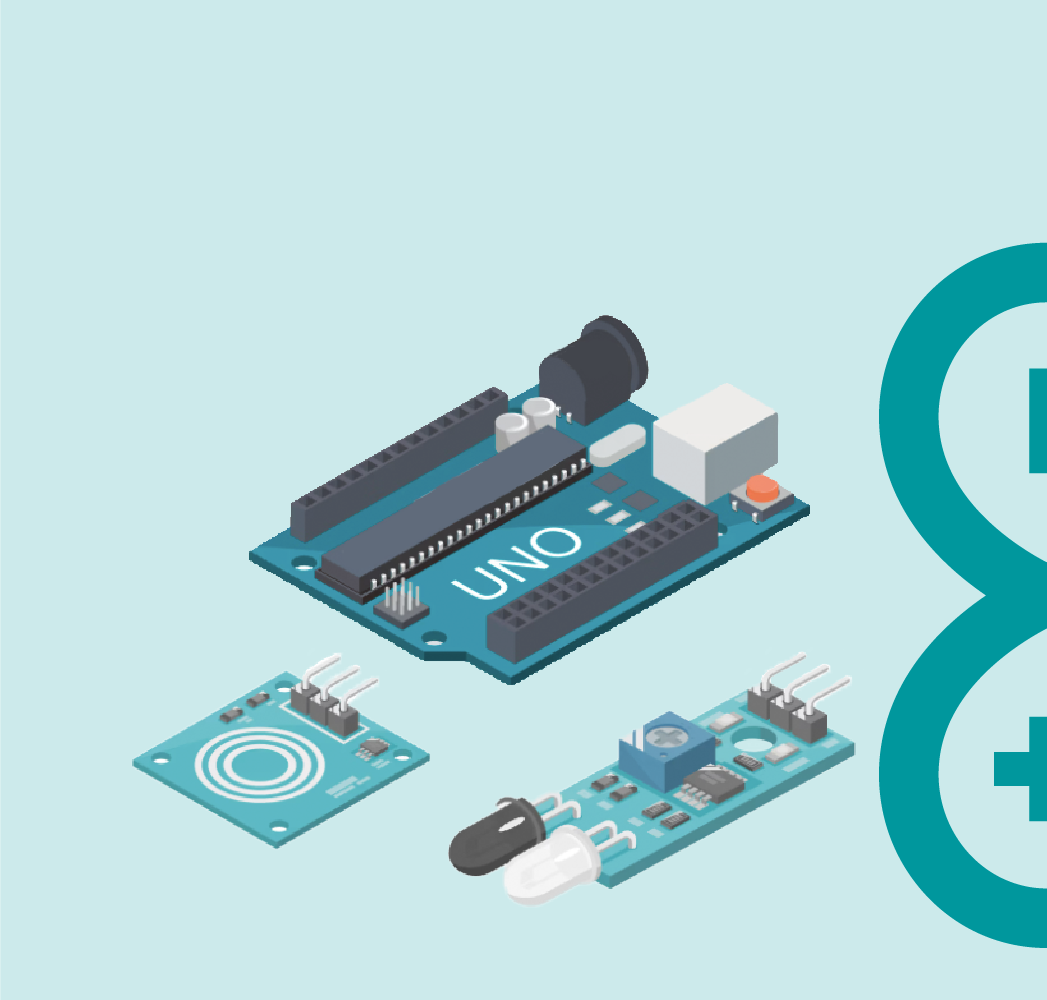
Arduino
Compatible
Take control of your ride by integrating an Arduino module that communicates directly with the main controller! Access real-time data and add custom peripherals, like turning on a relay when you reach a set speed or using sensor feedback to adjust your ride. Experiment with endless possibilities to make the vehicle truly your own.
Raspberry Pi AI Add-On Pack
Just when the project seems complete, Lectec takes it a step further with its Raspberry Pi Add-On Pack. This brings artificial intelligence into the build, transforming the vehicle into a system that can see, analyze, and respond to its environment. Students use the AI camera and mini computer to enable real-time object detection, triggering responses like slowing down for obstacles or sounding alerts. It’s an introduction to computer vision, machine learning, and intelligent system design.
Included in the pack:
1x Raspberry Pi Zero 2W
1x Raspberry Pi AI Cam
1x RailCore Case
1x Camera Extension Cable
1x SD Card
Raspberry Pi AI Examples & Tutorials
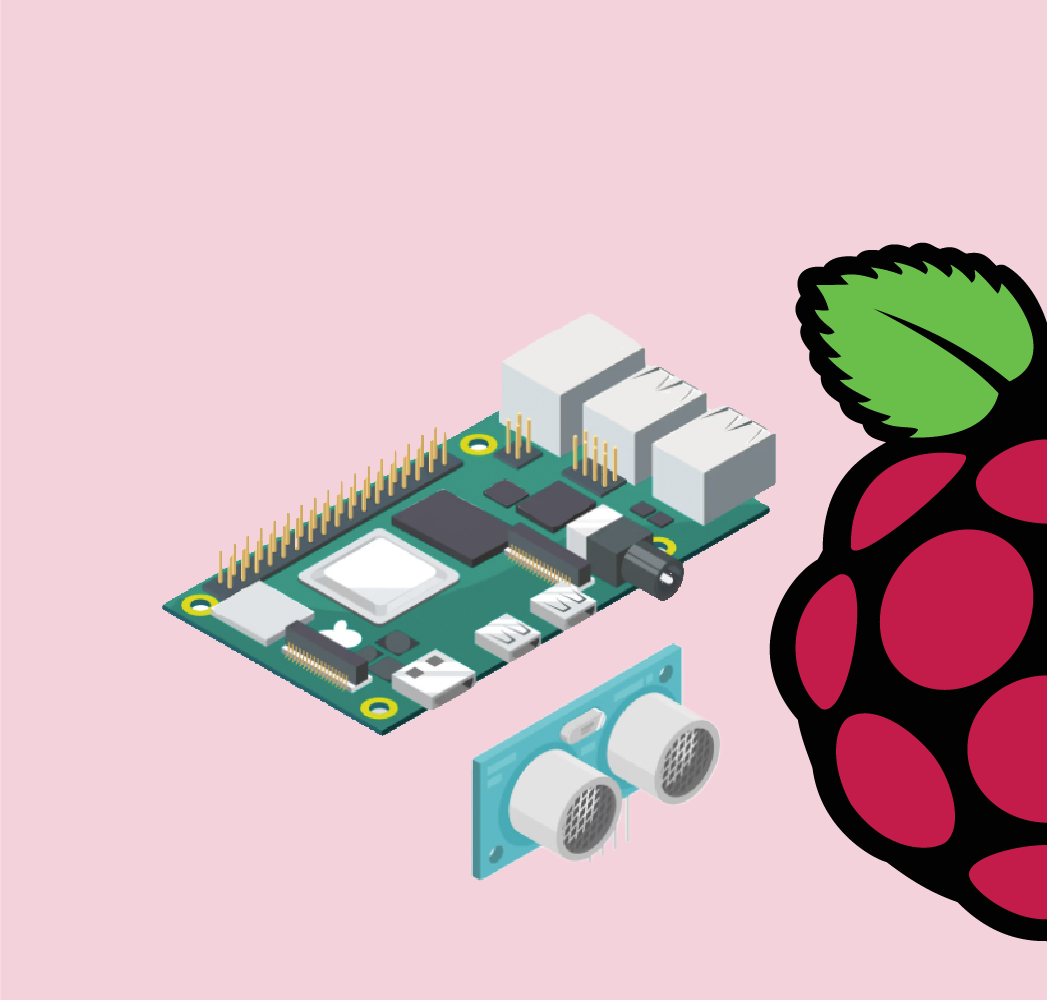
AI + Raspberry Pi
Compatible
Unlock advanced capabilities with a Raspberry Pi module running AI/ML onboard! Use real-time object detection with a camera to make your vehicle smarter—like slowing down when a car is ahead or sounding a buzzer for obstacles like potholes. Experience the future of coding and control as your ride adapts intelligently to its surroundings.
From Lessons to Careers
The hands-on learning that happens during the build is only part of what makes Lectec such a powerful educational tool. To deepen and contextualize that experience, Lectec offers a structured online platform called the Lectec Academy, a growing library of standards-aligned lessons that tie directly into the skills and systems students engage with through their vehicles.
Students begin with core engineering principles through CTE-focused lessons like Introduction to Electrical Principles, Circuit Basics, and Motor Components. These modules introduce students to foundational electrical concepts like voltage, resistance, and current through the lens of real systems. Rather than working with breadboards or soldering, students explore Watt’s Law, Ohm’s Law, and electromagnetic principles by examining how each component in the Lectec kit functions, how the motor consumes power, how the battery delivers energy, and how the controller manages flow and efficiency. Lessons are grounded in practical comparisons, connecting what students see in their kits to real-world systems like those found in a Tesla Model 3. This approach sets them up for success in more advanced topics by building conceptual understanding through relevant, tangible examples.
As students progress, they dive into more advanced engineering topics like Energy Transfer in EV Systems, Torque, Power, and Efficiency in EV Systems, and Gear Ratios and Range Optimization. These aren’t abstract physics problems, they’re tied to real decisions made during the build. Should you tighten the belt more? Choose a different pulley? What am I seeing in the real time data to help me draw these conclusions? Through these lessons, students learn how mechanical choices and energy management strategies impact real-world performance.
On the STEM side, students explore the physical forces that govern how their vehicle moves. In lessons like Force & Acceleration and Motors & Gravity, they connect scientific laws, like Newton’s Second and Third Laws, to what they actually feel when riding or testing the vehicle in experiments. Other topics like Electromagnetic Magic: From Fields to Forces and The Science of Signals pull back the curtain on how the motor generates motion or how a remote sends a command.
These lessons aren’t just theoretical. They’re embedded in the vehicle students are already working with. Every concept is anchored to a real part of the system they built, rode, and tested. This creates a powerful feedback loop between theory and application, exactly how modern engineers learn and work.
More importantly, the Lectec Academy is designed to develop workforce-ready skills. Whether students want to pursue careers in mechanical / electrical engineering, automotive, electrical systems design, robotics, or data-driven optimization, they leave with not only knowledge but experience, an understanding of how engineering decisions play out in the physical world.
Ready to Ride Into the Future?
If you're an educator searching for the ultimate STEM toolkit, or a parent or mentor wanting to ignite a young mind’s love for technology, Lectec is your answer.
These electric vehicle kits aren't just about building cool rides, they’re about building the next generation of innovators, engineers, and inventors. With every circuit connected and every code compiled, Lectec helps turn curiosity into capability.
👉 Don’t just teach engineering, let them live it. Visit Lectec.com to explore kits, resources, and bring the future into your classroom today.


